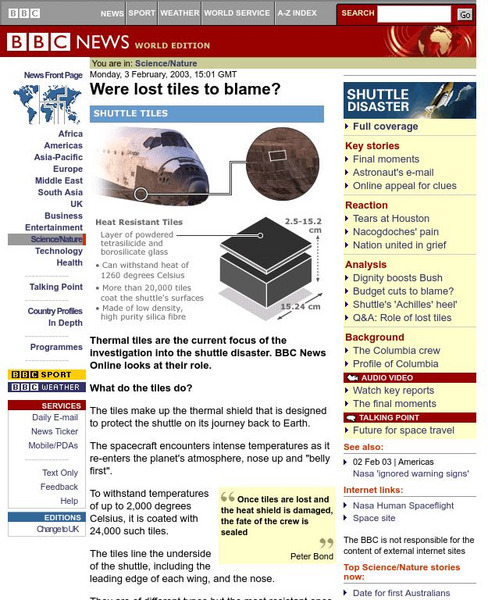Curated OER
Mystery Lessons
Learn about mysteries with your readers. They will investigate plot, basic elements of mystery, famous characters, and become familiar with genre vocabulary. Bring in props and mystery books to begin and then have learners create story...
Curated OER
Magnetic Pick-ups
Students investigate the push and pull of magnets. In this magnetics lesson, students are introduced to the idea that there are forces that happen on earth which cannot be seen, such as electrically charged objects, magnetic force...
Curated OER
The Science of Magnets
Students are introduced to the concept of magnetism and investigate the properties of magnets. In this magnetism instructional activity, students identify a magnet then examine why certain things are attracted to magnets and some things...
Curated OER
Weighted Objectives Table and Optimum Mix Sheet
Students analyze data and determine an appropriate concrete mixture. In this technical solutions lesson, students discuss weighted objectives, review sample scenarios, and rate concrete recipes to identify how well water infiltrates....
Curated OER
What Caused the Water to Rise?
Students investigate a scientific phenomena. In this scientific investigation lesson plan, students hypothesize why water rises around a lit candle sitting in a pie tin of water as it is covered. They reflect on questions raised during...
Curated OER
How to Make a Lake
Students examine the Michigan state quarter and discuss the effects glaciers have on land formation. They perform an investigate using ice cubes and sand to show how glaciers have carved the land.
Curated OER
Forces, Loads, Materials, Shapes
Learners investigate forces, loads, materials and shapes as they relate to science. In this science lesson, students differentiate between the basic definitions required to perform a scientific experiment. They answer questions dealing...
Curated OER
Properties of Dust
Students examine the dust in their classroom and relate it to the dust in space. In this investigative lesson students collect dust and graph their findings.
Curated OER
Pebbles Sand and Silt
First graders investigate soil, sand and silt. For this environment lesson, 1st graders discuss how changes occur in the environment and the effects of weather. Students perform their own investigation and record their predictions,...
Curated OER
Move It!
Third graders examine simple machines. In this simple machines lesson, 3rd graders observe simple machines at work in a video, then experiment with creating their own simple machines to move objects.
Curated OER
Incredible Iceboats
Students explore the concept of floating objects (ice). In this floating lesson, students conduct an investigation in which they hypothesize about the time that an ice boat will last floating in water. Students record their...
Curated OER
What Is Culture
Fourth graders investigate the concept of culture. They look into the influences that shape culture and how it effects people and regional areas. Students answer the question of why it is important to study culture to have a better...
Curated OER
What Is CLIVAR and EPIC?
Students conduct Internet research to analyze climatic conditions. They answer questions by conducting Internet research about CLIVAR and EPIC and write an essay about why climate research is an international issue.
Curated OER
Coin Investigation: How Can You Use Tools?
Learners, by exploring a simple investigation system, see how technology can allow people to extend their senses and "see" beyond the world of their natural vision.
BBC
Bbc: Were Lost Tiles to Blame?
From February 2003, a Q&A discussing damaged tiles and other problems that the Space Shuttle Columbia faced during its re-entry and subsequent explosion.
Center for Innovation in Engineering and Science Education, Stevens Institute of Technology
Ciese: Historical Treasure Chests
After learning to distinguish between primary and secondary sources, students will examine four primary documents and address a set of questions for each.
National Institutes of Health
Niehs: What's Wrong With These Pictures?
An assessment that will test your ability to see patterns. You will look at a set of objects (usually 3-5) and decide which one doesn't belong.
ReadWriteThink
Read Write Think: Digging Up Details on Worms: Using Science in an Inquiry Study
A lesson plan based on a study unit of earthworms, using the inquiry model to integrate scientific processes with literacy practices. Instruction plans, related resources, and standards are included.



















